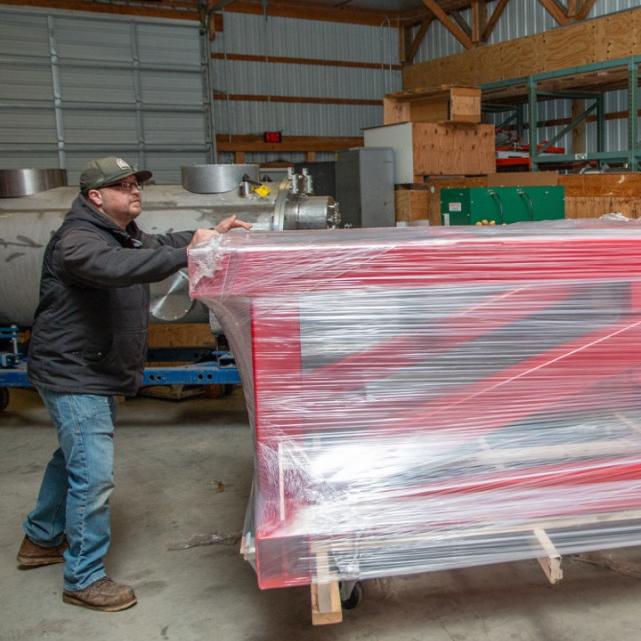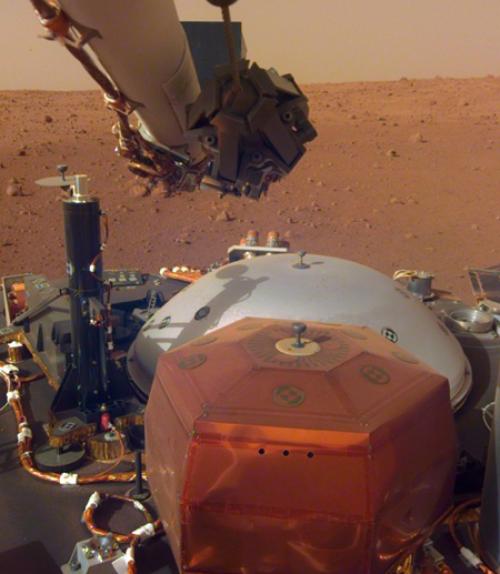
 Department Homepage
Department Homepage
NASA’s InSight captures first ‘sound’ of Martian wind
“Listening to this sound from the [lander’s] pressure sensor reminds me of a windy summer afternoon," said astronomer Don Banfield.




